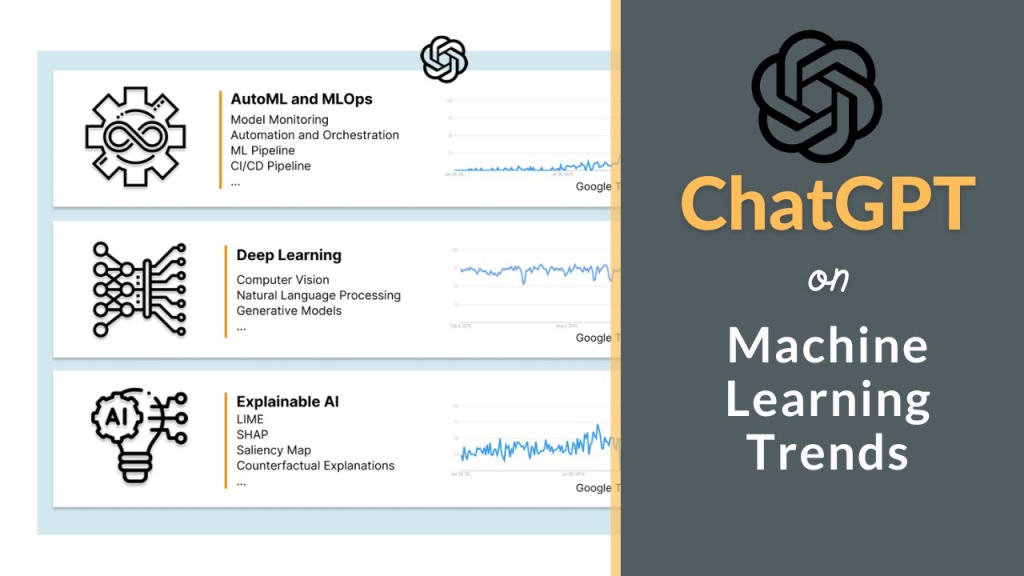
Have you ever heard of MLOps? It’s a term that’s becoming more and more popular in the world of machine learning. MLOps, which stands for Machine Learning Operations, is essentially the practice of applying DevOps principles to machine learning workflows. It’s a way of streamlining the process of developing, deploying, and managing machine learning models.
One tool that’s gaining popularity for implementing MLOps is ChatGPT. ChatGPT is an open-source chatbot platform that uses the GPT-2 language model to generate human-like responses. In this blog post, we’ll explore how you can use ChatGPT to implement MLOps.
What is MLOps?
Before we dive into how to implement MLOps with ChatGPT, let’s first define what MLOps is. As mentioned earlier, MLOps is essentially the practice of applying DevOps principles to machine learning workflows.
DevOps is a set of practices that combines software development (Dev) and information technology operations (Ops) to shorten the systems development life cycle while delivering features, fixes, and updates frequently in close alignment with business objectives.
Similarly, MLOps aims to streamline the process of developing, deploying, and managing machine learning models. This includes tasks such as data preparation, model training, model deployment, and model monitoring.
How can ChatGPT help with MLOps?
So, how can ChatGPT help with implementing MLOps? Well, ChatGPT can be used as a virtual assistant to help with various tasks in the MLOps process. Here are a few examples:

Data Preparation
One of the most time-consuming tasks in the machine learning workflow is data preparation. ChatGPT can be used to automate some of these tasks, such as data cleaning and data augmentation.
Model Training
ChatGPT can also be used to help with model training. For example, it can be used to generate synthetic data to train the model on, or to generate explanations for the model’s predictions.
Model Deployment
ChatGPT can also be used to help with model deployment. For example, it can be used to generate API documentation for the model, or to generate code snippets for integrating the model into other applications.
Model Monitoring
Finally, ChatGPT can be used to help with model monitoring. For example, it can be used to generate alerts when the model’s performance drops below a certain threshold, or to generate reports on the model’s performance over time.
Conclusion
In conclusion, ChatGPT can be a powerful tool for implementing MLOps. It can be used to streamline various tasks in the machine learning workflow, such as data preparation, model training, model deployment, and model monitoring. By using ChatGPT as a virtual assistant, you can save time and increase efficiency in your MLOps process. So why not give it a try?